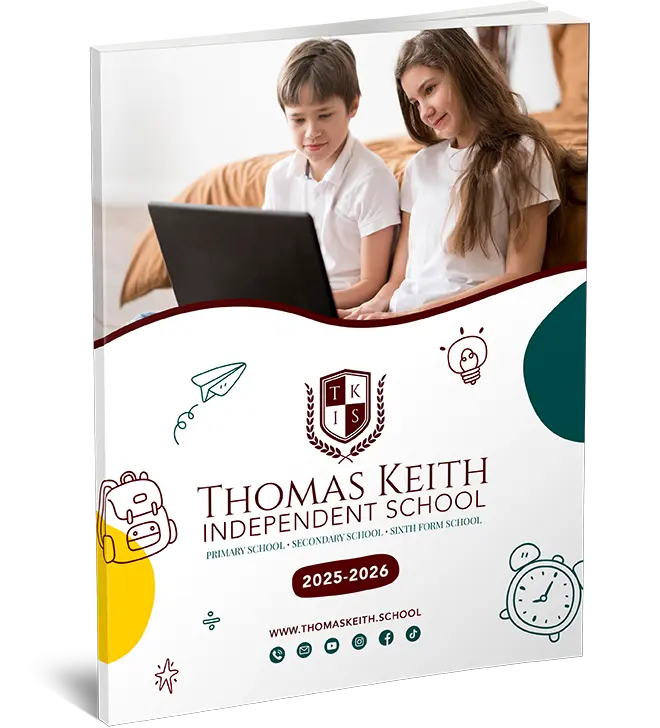Quick Links:
Knowledge, Skills, and Understanding
Electricity
Forces and Motion
Light and Sound
The Earth and Beyond
Knowledge, Skills, and Understanding
Teaching should ensure that the subject of scientific enquiry is explored through the themes of life processes and living things, materials and their properties, and physical processes.
The overarching health and safety teaching requirement applies to this subject. In Key Stage 2, students broaden their understanding of a variety of living organisms, materials, and phenomena. They start connecting concepts and utilise simple models and theories for explanations. They relate their scientific knowledge to everyday occurrences and their health. They reflect on the impact, both positive and negative, of scientific and technological progress on the environment and other areas. Pupils engage in more methodical research both individually and collaboratively. They consult a diverse range of reference materials. They discuss their findings and convey their ideas using scientific terminology, standard diagrams, charts, and graphs.
Electricity
1) Pupils should learn about:
Simple Circuits
a) Constructing circuits with a power source, switches, and devices, e.g., buzzers, motors.
ICT Opportunity
b) The effect of changing the number or kind of components, e.g., batteries, bulbs, wires, in a series circuit.
Note for 1b
c) Representing circuits through drawings and symbols, and constructing them based on these representations.
Forces and Motion
2) Pupils should understand:
Types of Force
a) Forces of attraction and repulsion between magnets, and the attraction between magnets and magnetic materials.
b) The gravitational pull of objects towards the Earth.
Note for 2b
c) Friction, including air resistance.
d) When objects, e.g., a spring, a table, experience push or pull, a counteracting force can be felt.
e) Measuring forces and determining their direction.
Light and Sound
3) Pupils should know:
Effects of Light
a) Light originates from a source.
b) Some materials obstruct light, leading to shadows.
c) Light reflection from surfaces like mirrors and polished metals.
Vision and Perception
d) Objects are visible when their light reaches our eyes.
Vibration and Sound
e) Sound arises from object vibrations, e.g., instrument strings.
f) Adjusting pitch and loudness of sounds from vibrating objects, e.g., drum skin, plucked string.
ICT Opportunity
g) Vibrations from sound sources need a medium, e.g., metal, wood, to reach the ear.
The Earth and Beyond
4) Pupils should grasp:
The Sun, Earth, and Moon
a) All three are roughly spherical.
b) The Sun’s apparent position changes throughout the day, causing shadow shifts.
ICT Opportunity
c) Day and night result from the Earth’s rotation.
d) The Earth orbits the Sun annually, while the Moon orbits the Earth approximately every 28 days.




